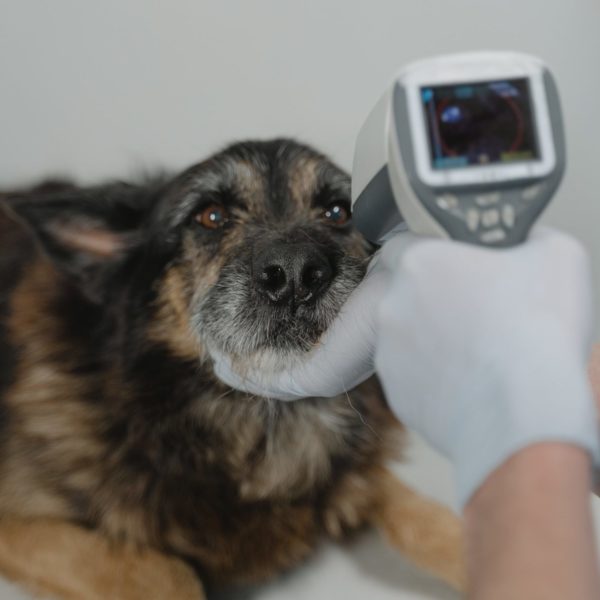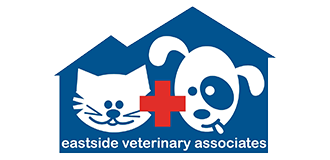
As pet owners, we cherish our furry companions and want the best for them. When it comes to their health and well-being, we seek out the most advanced and effective medical treatments available. Like human medicine, veterinary medicine continues to make significant strides in various fields, including surgical techniques.
At Eastside Veterinary Associates, we perform most soft tissue surgeries such as spays, neuters, mass removals, bladder stone removal, foreign body removal, splenectomies, etc. We invest in the best surgical equipment and training of our staff. Most recently, we have a vessel sealer device that is helping to reduce the surgical time, which also means less anesthetic time. If more advanced surgery is recommended for the best care for your pet, we can refer you to groundbreaking innovations available at our referral specialists who are also improving the lives of our beloved pets.
Advancements in Veterinary Surgical Technology
In recent years, there has been a remarkable surge in the development and adoption of cutting-edge veterinary surgical procedure technology. These advancements have revolutionized how we approach various surgical procedures, making them safer and more effective than ever before.
- Minimally-Invasive Surgery: Just as in human medicine, minimally-invasive surgery has become increasingly popular in veterinary care. Using specialized instruments and tiny incisions, veterinarians can perform complex procedures with reduced pain, faster recovery times, and minimal scarring for our furry friends.
- Laser Surgery: Laser technology has found its way into the veterinary operating room. Laser surgery offers several benefits, including precision in tissue cutting, minimized bleeding, and reduced risk of infection. It’s particularly useful in delicate surgeries and procedures involving soft tissues.
- Advanced Imaging: Diagnostic imaging plays a crucial role in modern veterinary surgery. High-resolution imaging techniques, such as CT or MRI scans enable veterinarians to visualize internal structures better, which aids in accurate diagnosis and treatment planning.
Innovative Surgical Techniques in Veterinary Medicine
Alongside technological advancements, innovative surgical techniques have emerged, pushing the boundaries of what is possible in veterinary medicine. These techniques provide solutions for conditions that were once considered untreatable, giving hope to pet owners and improving the quality of life for their pets.
- 3D Printing for Prosthetics: Just like in humans, 3D printing has opened up new possibilities in veterinary surgery. Custom-made prosthetics and implants can now be designed and manufactured precisely to help pets with limb amputations, joint issues, and various orthopedic conditions.
- Stem Cell Therapy: Stem cell therapy is another groundbreaking technique that has gained traction in veterinary medicine. By utilizing the regenerative properties of stem cells, veterinarians can promote tissue repair and regeneration, offering relief to pets with chronic joint conditions or certain degenerative diseases.
- Orthopedic Advancements: Orthopedic pet surgery has seen remarkable advancements, with innovative approaches to joint replacements and repair procedures. Pets suffering from hip dysplasia, torn ligaments, and other musculoskeletal issues can now receive advanced treatments, which provides them a better quality of life.
Veterinary Surgery Advancements
Beyond specific techniques and technology, veterinary surgery, as a whole, has seen improvements that benefit our beloved animals. These advancements have led to better surgical outcomes, reduced risks, and enhanced overall care for pets needing surgical interventions.
- Improved Anesthesia: Safer and more effective anesthetic agents have been developed to significantly reduce the risks associated with anesthesia during surgeries. This allows for a smoother surgical experience and better postoperative recovery for our pets.
- Enhanced Monitoring: Advancements in monitoring equipment have led to better real-time assessment of a pet’s vital signs during surgery. Close monitoring ensures early detection of any potential complications, enabling immediate intervention when necessary.
- Laser Therapy for Post-Operative Healing: Laser therapy isn’t just limited to surgeries. It can be used post-operatively to speed up healing, reduce inflammation, and alleviate pain in pets recovering from surgical procedures.
The field of veterinary surgery has come a long way, offering hope and solutions for pets facing various health challenges. At Eastside Veterinary Associates, we are committed to providing our patients with the latest and most effective treatments available, and we will refer you to surgical specialists should you need them.
While we will refer you to veterinary surgeons for orthopedic or very complex surgical procedures, we are here to serve your pet with exceptional wellness, preventive, and dental care. Bring your dog or cat to Eastside Veterinary Associates for leading-edge veterinary care. Call us at (425) 882-7788 (Kirkland), (425 )276-4100 (Newcastle), or book an appointment online today.
